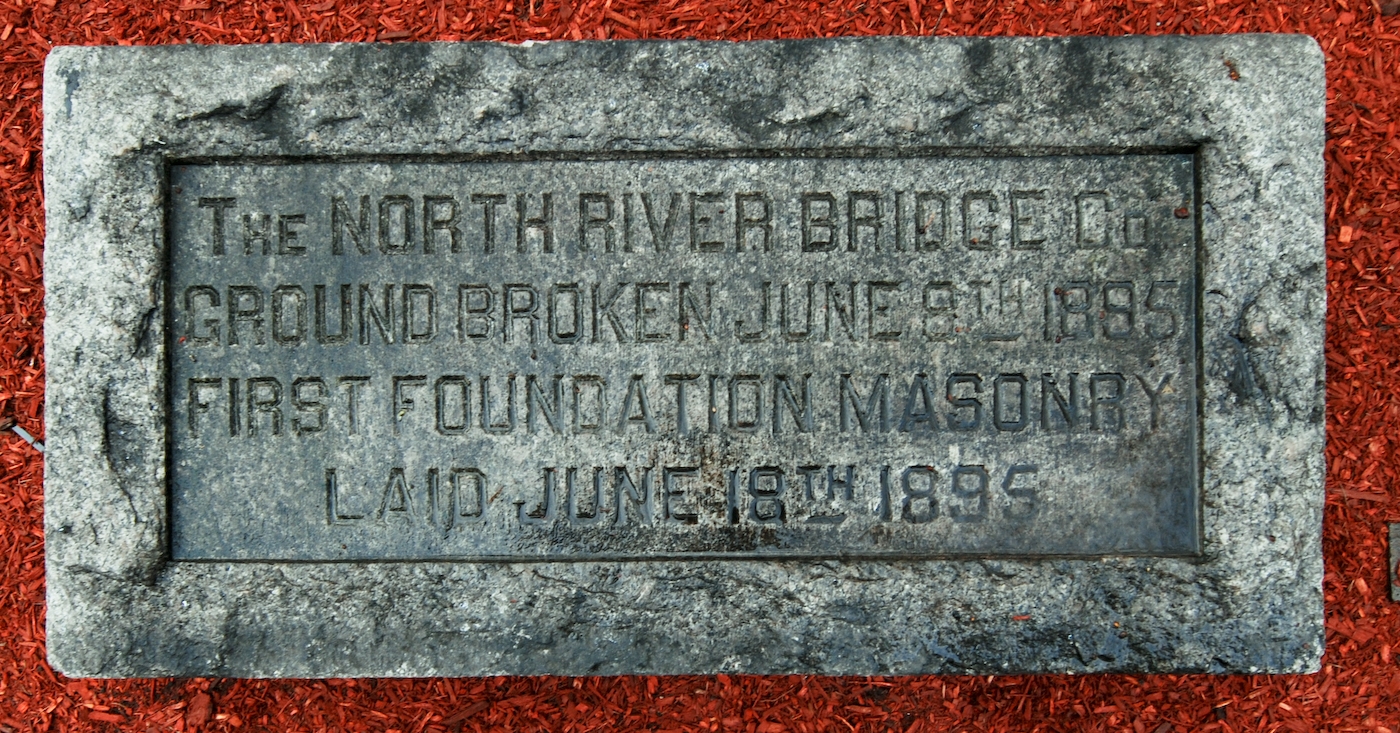Imagine walking into Pierce Dining Hall and seeing a bridge just north of campus. Its support towers are as tall as some Manhattan skyscrapers, one sitting just offshore of Maxwell Place Park, and the other sitting diagonally across the Hudson River at 57th Street in New York. The bridge is nearly 200 feet wide, carrying 24 lanes of traffic on its upper and lower levels with a pedestrian sidewalk on one side and a bike path on the other side. That was supposed to be the master project for Gustav Lindenthal, the chief engineer behind the Hell Gate and 59th Street Bridges between Manhattan and Queens.
Lindenthal’s plan, however amazing it may sound, was halted every time it was proposed. It was first proposed as a rail and pedestrian only bridge, similar to the original layout of the Brooklyn Bridge, but the railroad companies opted to build tunnels across the Hudson — the same tunnels that carry PATH trains to Lower Manhattan and Amtrak trains to Penn Station today. After World War I, Lindenthal proposed the bridge again, this time as a double-decked automobile and pedestrian bridge, because automobile sales and car culture boomed after the war. Lindenthal’s bridge was rejected in favor of the Holland Tunnel.
Perhaps Lindenthal’s closest opportunity to finally see his masterpiece realized was, ironically, after the Holland Tunnel opened in 1927. By the 1930s, the Holland Tunnel was already riddled with traffic jams that had to be alleviated with another Hudson crossing. In addition to that, Franklin Delano Roosevelt’s New Deal included infrastructure projects, and Roosevelt was notably generous to his home state of New York while he was President. Despite being in his 80s, Lindenthal proposed the bridge once more, as it was his dying wish to see his masterpiece become reality. Once again, his plans were rejected by the Secretary of Transportation in favor of the Lincoln Tunnel. Lindenthal died in 1935 before there was another chance for him to propose his bridge.
Although the bridge would have made it easier to go to the city (it would have been the second longest suspension bridge in the world), and possibly be the greatest civil engineering feat of its time, Hoboken would be very different had the bridge been built. Everything between 11th and 12th Streets would have been destroyed to build the bridge, and that block would likely be either a gas station or resemble the “highway slums” along the Cross-Bronx Expressway. There would almost certainly be an expressway between the Turnpike and the bridge, requiring even more of Hoboken to be destroyed. Noise pollution would be comparable to that of Midtown Manhattan, and students coming from more rural areas would likely find it difficult to dorm in upper campus, right next to the bridge.
A piece of the foundation from the canceled 1895 bridge is now in front of the Samuel C. Williams Library. It reads “The North [Hudson] River Bridge Co. ground broken June 8th, 1895. First foundation masonry laid June 18th, 1895.”
